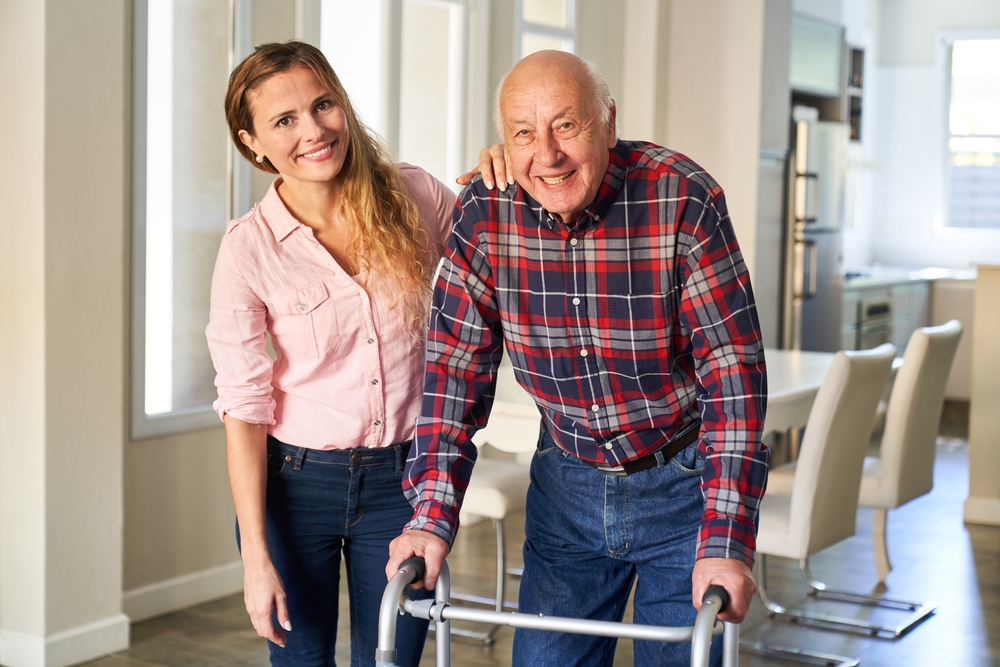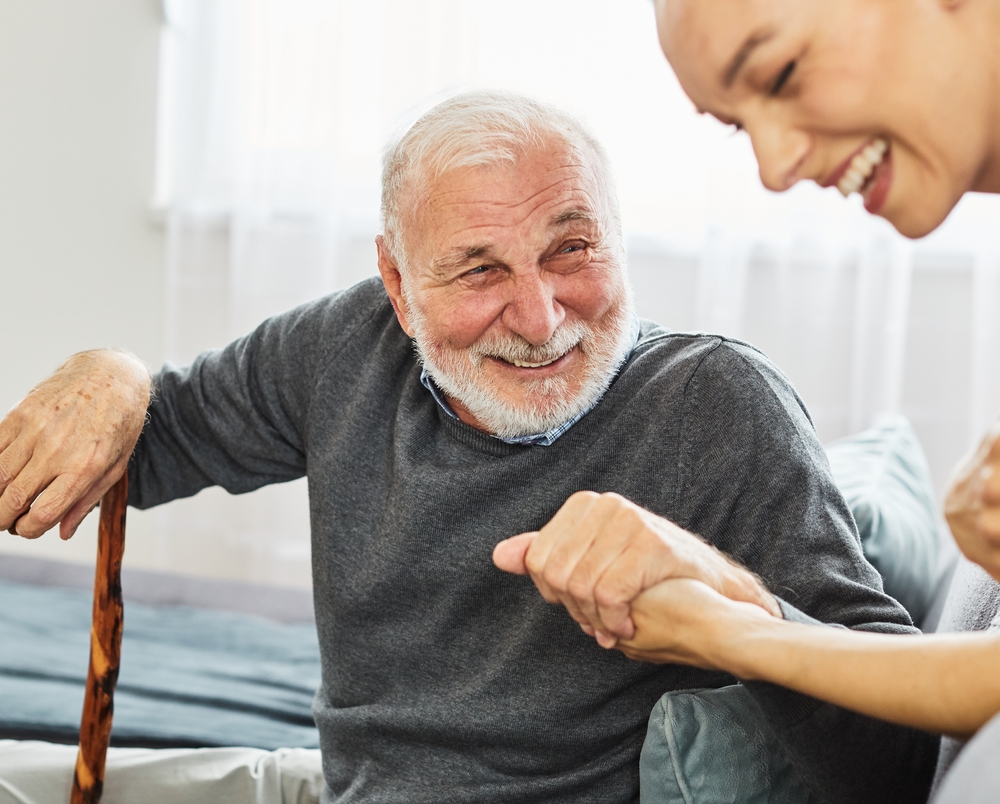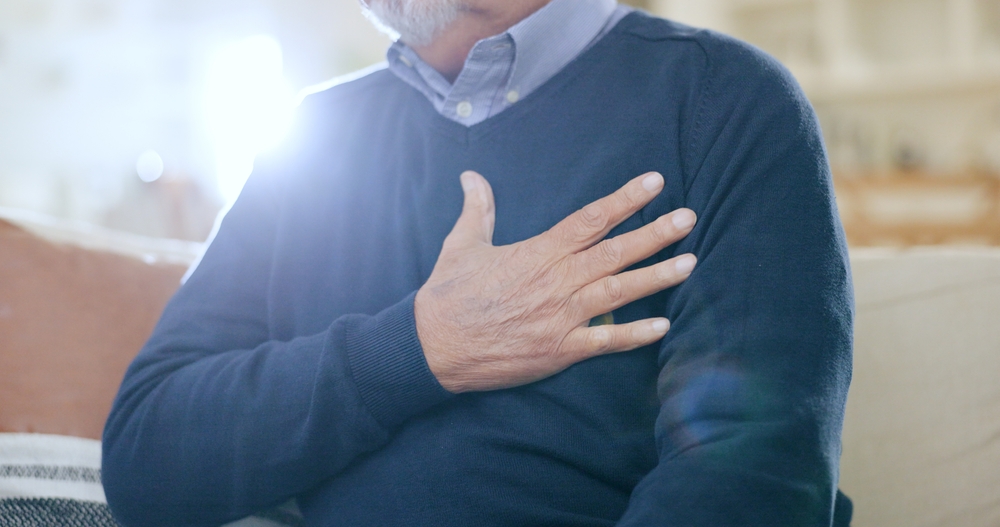Make an Appointment
Stroke remains a leading cause of disability in older Australians, with approximately 50,000 new strokes each year and nearly half occurring in those aged 75 and over. For elderly survivors, regaining mobility, independence, and quality of life hinges on timely, specialised rehabilitation, particularly physiotherapy. By harnessing the brain’s plasticity and focusing on personalised, goal-driven exercise, physiotherapists enable older adults to rebuild strength, balance, and coordination essential for daily living.
In the aged population, stroke often compounds pre-existing challenges such as sarcopenia (age-related muscle loss), joint stiffness, and cardiovascular deconditioning. Physiotherapy for stroke rehabilitation therefore must integrate:
- Functional Retraining: Exercises that mirror everyday tasks (e.g. sit-to-stand transfers, walking to the bathroom).
- Neuromuscular Re-education: Techniques like task-specific training and proprioceptive stimulation to restore motor patterns.
- Falls Prevention: Balance and gait training to reduce repeat hospitalisation.
Australian guidelines stress early, multidisciplinary intervention, ideally commencing within days of the event, to maximise recovery and minimise secondary complications Better Health Channel.
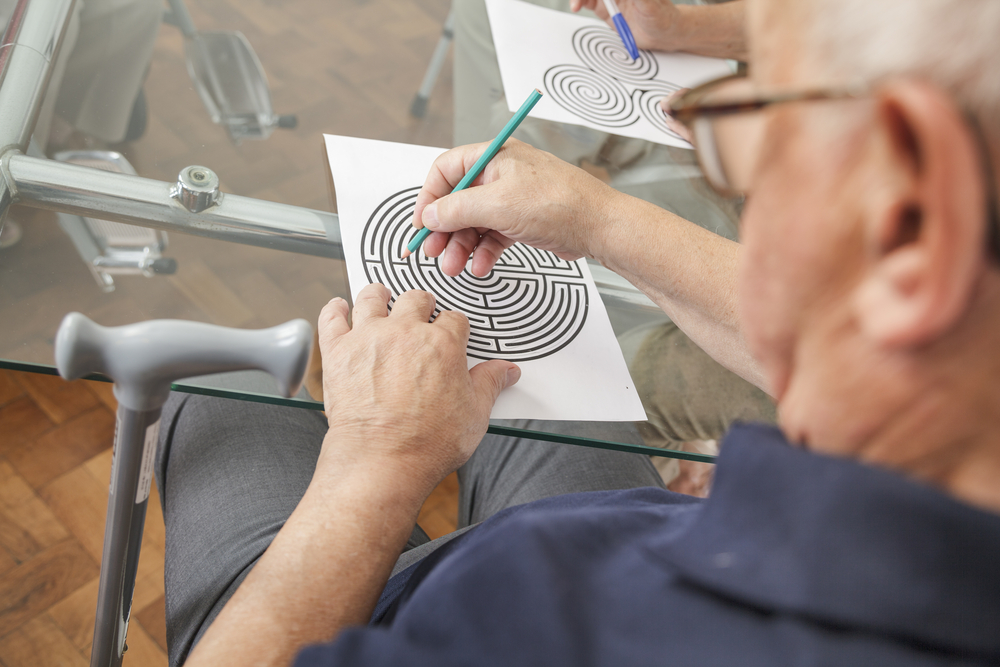
Can an 80-year-old recover from a stroke?
Age alone does not preclude meaningful recovery. Research shows that octogenarians can, and do, make significant gains with appropriate rehabilitation:
- Neuroplasticity in Later Life: While plasticity slows with age, intensive, repetitive practice still drives cortical reorganisation and functional improvement.
- Evidenced Outcomes: A 2022 study of over 300,000 Australian and New Zealand stroke patients found that: 36% of seniors (including those 80+) survived beyond 10 years post-stroke, with many regaining independence in key activities The University of Queensland.
- Functional Improvements: Even modest physiotherapy, such as twice-weekly, 45-minute sessions focusing on balance and transfers, can translate into safer mobility and reduced need for carer assistance.
Key Takeaway: With early referral to Physiotherapy and a personalised exercise plan, an 80-year-old can recover meaningful function, maintain autonomy, and reduce long-term care needs.

Which physiotherapy is best for stroke patients?
Best practice for post-stroke physiotherapy combines several modalities:
1. Task-Specific Gait Training
- Utilises treadmill or overground walking with body-weight support to re-establish safe walking patterns Alliance Homecare.
2. Strength and Resistance Exercises
- Progressive resistance training (using bands or light weights) enhances muscle power in affected limbs, translating to improved transfers and stair negotiation Verywell Health.
3. Balance and Proprioception Drills
- Exercises on foam pads, wobble boards, and dynamic weight-shifts reduce fall risk by retraining postural reactions.
4. Neuromuscular Electrical Stimulation (NMES)
- Applied to weakened muscles (e.g. dorsiflexors) to support voluntary contractions and prevent foot-drop during gait.
5. Constraint-Induced Movement Therapy (CIMT)
- Encourages use of the weaker arm by restricting the unaffected limb, fostering cortical remapping.
Integration: Physiotherapists at Physio Inq deliver these interventions in-home, adjusting frequency and intensity to each senior’s tolerance and goals.
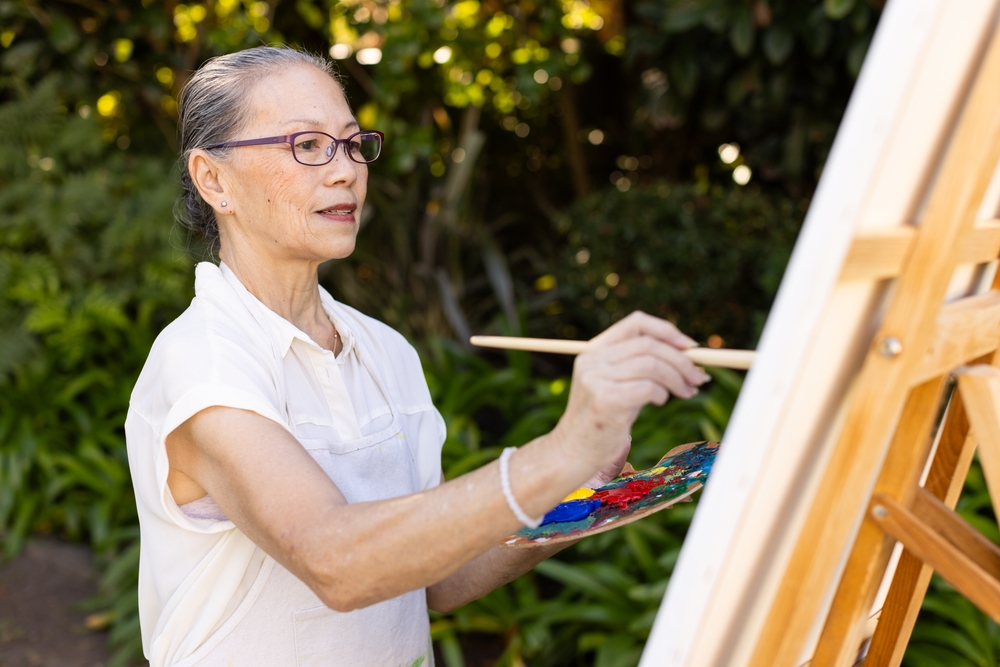
What is the life expectancy for a 70-year-old stroke victim?
Understanding prognosis helps set realistic rehabilitation goals and care plans:
- Average Reduction in Lifespan: Stroke survivors lose on average 5.5 years of life expectancy compared with matched peers without stroke Healthline.
- 10-Year Survival Rates: Only 36.4% of acute stroke patients survive beyond a decade post-event The University of Queensland.
- 70-Year-Old Specifics: Data indicate a 9.5-year average reduction in lifespan for those experiencing stroke at age 70, though rigorous rehabilitation and lifestyle modifications can mitigate losses by several years Alliance Homecare.
- Individual Factors: Severity of stroke, comorbidities (e.g. diabetes, heart disease), and engagement in rehabilitation profoundly influence survival and quality of life.
Practical Implication: Early, sustained physiotherapy, combined with other therapies, optimises functional recovery and can extend active years after stroke.

What is the best therapy for stroke recovery?
Optimal stroke recovery emerges from a multidisciplinary rehabilitation program:
- Physiotherapy: Restores mobility, strength, balance, and endurance through tailored exercise (see Area 3).
- Occupational Therapy: Focuses on activities of daily living (dressing, meal preparation), environmental modifications, and adaptive equipment to maximise independence.
- Speech Pathology: Addresses communication impairments (aphasia, dysarthria) and swallowing safety (dysphagia management).
- Exercise Physiology: Prescribes cardiovascular and resistance training to enhance overall fitness, metabolic health, and mood.
- Neuropsychology: Provides cognitive rehabilitation to manage attention, memory, and executive function deficits.
Synergy: When these disciplines collaborate, sharing assessments, goals, and progress notes, patients receive cohesive, goal-oriented care that accelerates recovery and minimises disability.
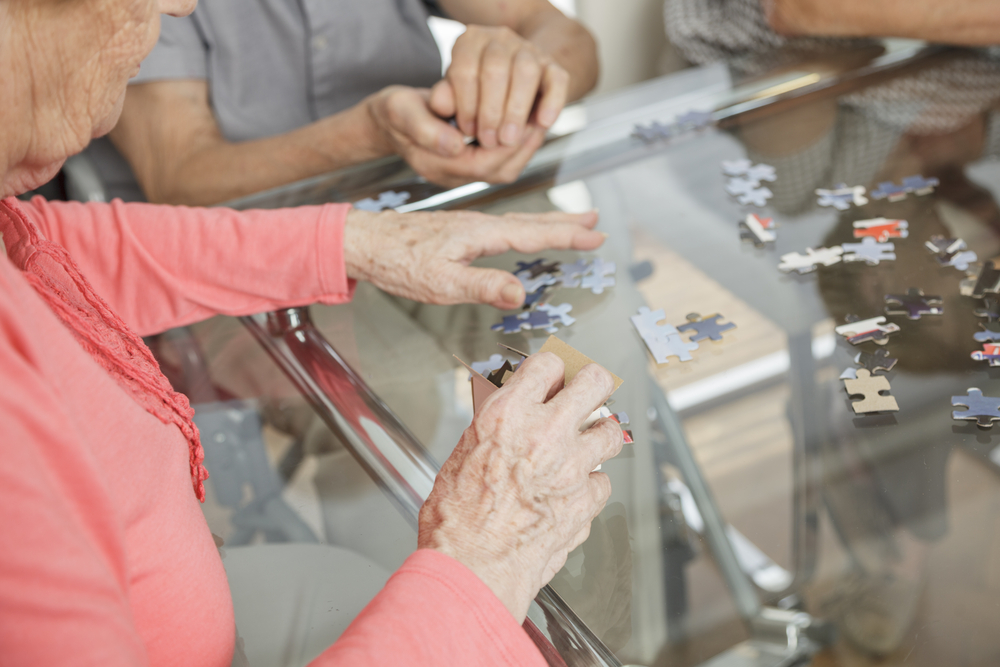
Frequently Asked Questions (FAQs)
Q1. Can seniors fully recover independence after stroke?
A: Many regain substantial independence in walking, self-care, and social participation, especially with early, intensive, multidisciplinary rehabilitation.
Q2. How soon should physiotherapy start post-stroke?
A: Guidelines recommend beginning physiotherapy within 48–72 hours of medical stability to reduce complications and enhance outcomes Better Health Channel.
Q3. How long does stroke rehabilitation last?
A: Duration varies, from weeks to months or even years, depending on severity, goals, and progress. Regular reassessment helps adjust programs over time.
Q4. Are home-based services as effective as inpatient therapy?
A: Yes. Mobile Physiotherapy and Telehealth models deliver comparable functional gains when sessions are structured, frequent, and tailored to the individual.
Q5. What factors influence life expectancy after stroke?
A: Age, stroke type (ischaemic vs. haemorrhagic), comorbidities, rehabilitation intensity, and lifestyle changes (diet, activity) all play key roles.
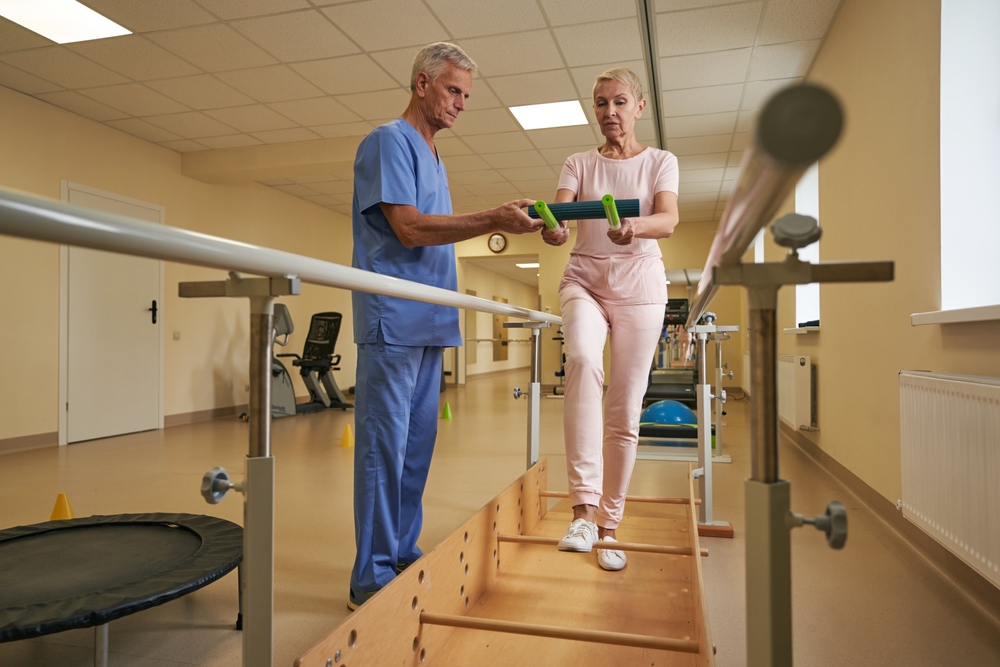
Physiotherapy is fundamental to stroke rehabilitation in the elderly, offering evidence-based interventions that improve mobility, reduce fall risk, and enhance life expectancy. When integrated within a multidisciplinary team, including occupational therapy, speech pathology, and exercise physiology, older adults can achieve significant functional gains and regain independence in daily activities.
Take the Next Step:
If you or a loved one has experienced a stroke, contact us to arrange a personalised physiotherapy assessment. Explore our comprehensive stroke rehabilitation services:
Enable your recovery journey, embrace targeted, compassionate physiotherapy care designed for seniors today.
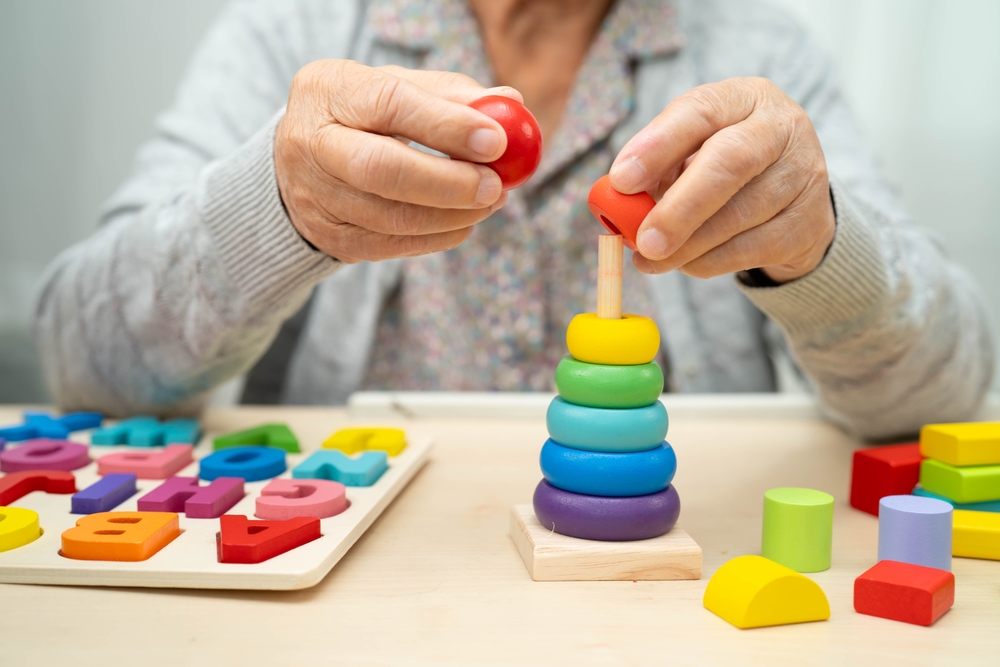
Date Published: Tuesday, May 13, 2025
Locate a Stroke Rehabilitation Physiotherapy
Service Near me
Get the experience & convinence you deserve to support your or a loved one's allied health needs.
Our Stroke Rehabilitation Physiotherapy team are currently serving & taking appointments in the following states and regions in Australia:
Need to get into direct contact with ur Client Services team? We're all ears. Call our team directly on 1300 731 733
